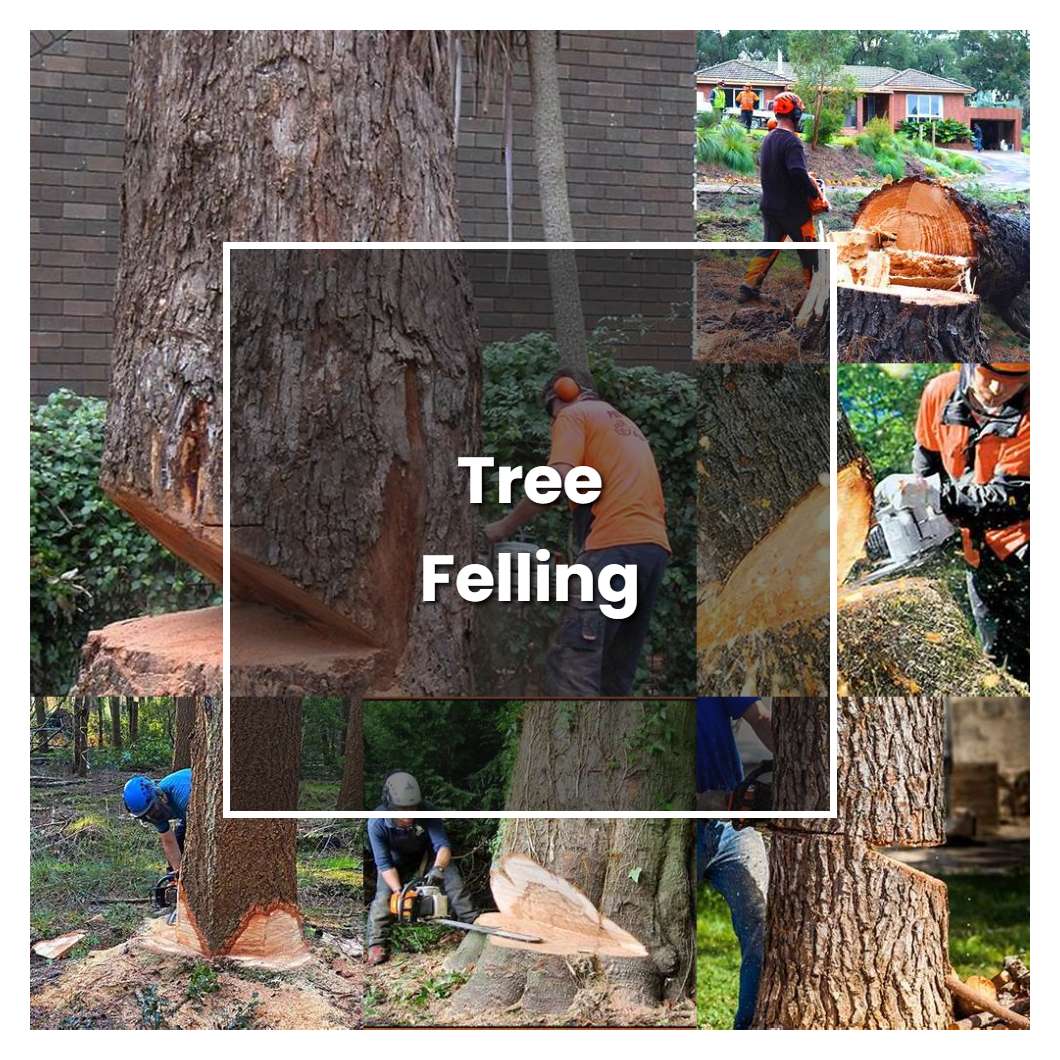Tree felling can be a contentious topic for numerous people, particularly among those who love nature and eco-friendly individuals. The act of cutting down a tree is often seen as destructive, but there are situations where it becomes a essential action for security, well-being, or visual reasons. Understanding when tree felling is essential requires a balance between honoring nature and meeting human needs and safety concerns.
In specific cases, such as when a tree is diseased or poses a risk to nearby structures, the decision to fell a tree becomes crucial. Additionally, careful management of a landscape may require taking down trees to allow for new growth or to improve sunlight exposure for smaller plants. This article will explore the rationale behind tree felling, the proper care needed before and after cutting, and how to make informed choices about maintaining a healthy and safe environment.
Rationale for Tree Felling
Cutting down trees can be necessary for multiple purposes, primarily focused on protection and well-being. When a tree becomes sick or broken, it can pose a serious risk to adjacent structures and people. Dead trees are more vulnerable to collapse, especially during storms. In such cases, removing the tree is essential to avoid potential harm and ensure safety in the local environment.
Another significant factor for felling trees is to manage land effectively. In cases where trees are cluttering a space, they can struggle for light, resources, and moisture, leading to unhealthy growth. Targeted tree felling helps to improve the overall condition of the forest or landscape by allowing existing trees to prosper. This not only enhances the ecosystem but can also be advantageous for landscaping or agricultural purposes.
Additionally, tree felling may be essential to allow for development projects. As urban areas develop, trees may need to be removed to develop buildings, roads, or other infrastructure. While this tends to generate controversy, proper planning and control can reduce the environmental impact. Balancing human needs with ecological conservation is important in these cases.
Impact on the Environment
Tree felling can have major consequences on regional ecosystems. Trees play a crucial role in maintaining biodiversity by providing habitat and food for multiple species. When trees are cleared, it interrupts these habitats, leading to possible declines in wildlife populations. Additionally, the loss of trees can influence nearby plants, as many species rely on the canopy and microclimate created by mature trees. This change in the ecosystem can result in a cascade of effects that may compromise local flora and fauna.
Moreover, trees are critical in carbon sequestration, absorbing carbon dioxide and helping to reduce climate change. When trees are cut down, not only is this carbon storage lost, but the act of felling itself can release stored carbon back into the atmosphere, intensifying global warming. Communities should consider these environmental costs against the perceived benefits of tree removal, evaluating alternatives that enable the conservation of these natural resources while addressing any required management issues.
It's also vital to understand the role of trees in soil preservation and water management. Tree roots help prevent erosion by stabilizing the soil, while their canopies reduce precipitation impact, allowing water to soak more effectively. Cutting down trees can lead to increased soil erosion, loss of fertility, and disruptions in local water cycles. This can result in downstream effects such as siltation in waterways, negatively impacting water quality and aquatic life. These factors underscore the need for careful consideration and planning when deciding to fell trees.
Options to Felling

Before a decision to fell a timber, it is crucial to explore different solutions that might allow the plant to stay alive while dealing with any challenges connected to it. One efficient method is pruning trees, which entails removing specific boughs to improve the health and health and appearance. This practice can assist lessen risks, such as branches that hang over that may endanger structures or cars, and can also increase sunlight access for surrounding vegetation.
Another alternative is installing cables or reinforcing, which gives support to weak or injured trees. This approach involves installing straps or reinforcements to stabilize branches or main bodies, keeping them from splitting due to weight or during harsh conditions. By applying these techniques, it is achievable to lengthen the life of the tree while ensuring safety for surrounding lands and residents. This proactive method often leads to a healthier environment and aids in variety.
In some cases, timber can be relocated instead of cut down entirely. Moving is spez-ag for new or smaller plants that are in inappropriate places. With meticulous consideration and proper techniques, these trees can be moved to more suitable locations where they can flourish. By evaluating these choices, removal of trees can be avoided, preserving the natural beauty and ecological balance of the area.
